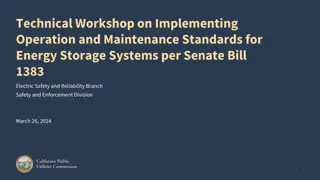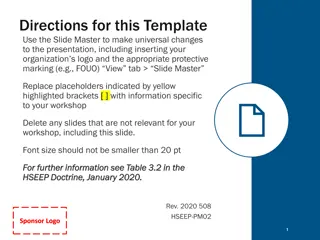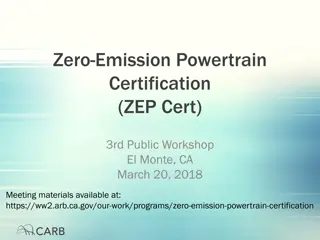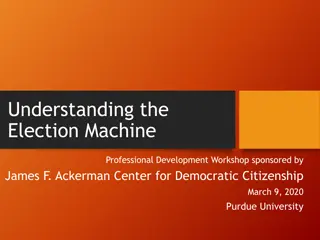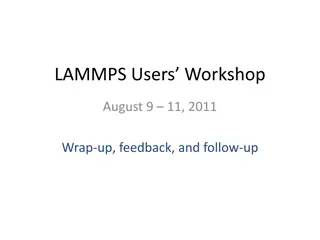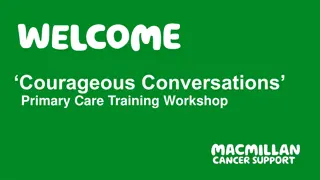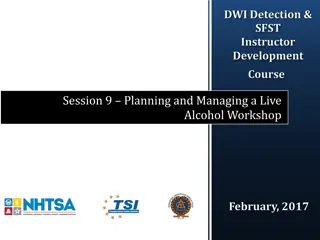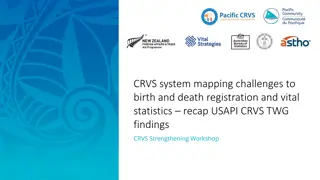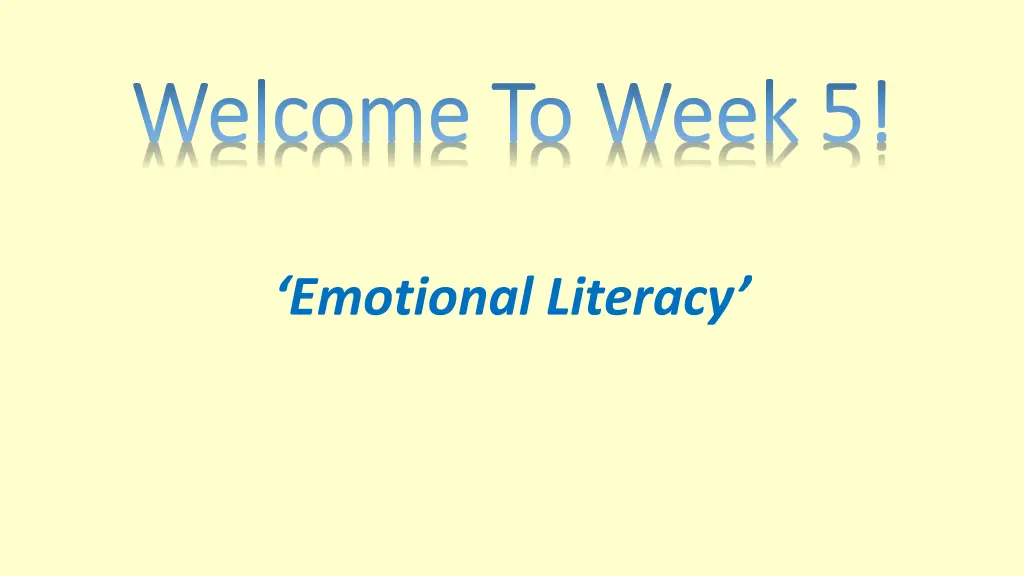
Understanding Emotional Literacy and Bullying in Education
Explore the concept of emotional literacy and its importance in education, along with insights into bullying and its impact on vulnerable children. Discover the need for emotional intelligence and strategies to address bullying in schools.
Download Presentation

Please find below an Image/Link to download the presentation.
The content on the website is provided AS IS for your information and personal use only. It may not be sold, licensed, or shared on other websites without obtaining consent from the author. If you encounter any issues during the download, it is possible that the publisher has removed the file from their server.
You are allowed to download the files provided on this website for personal or commercial use, subject to the condition that they are used lawfully. All files are the property of their respective owners.
The content on the website is provided AS IS for your information and personal use only. It may not be sold, licensed, or shared on other websites without obtaining consent from the author.
E N D
Presentation Transcript
Welcome To Week 5! Welcome To Week 5! Emotional Literacy
What Is Emotional Literacy? What Is Emotional Literacy ? Over to You!
Finding Out About Your Own Emotional Literacy Finding Out About Your Own Emotional Literacy
Why is E.I. important? Why is E.I. important?
FLIGHT FIGHT FREEZE FLOCK
The Reptilian Brain: know your enemy! Neo-cortex Mammalian Reptilian
Many vulnerable children regard education as a competition they will never win. We have to make them believe it s worth taking part. We have to make them believe it s worth taking part. How well do you learn /concentrate/respond when you feel: Angry Angry Low Low Unloved /unwanted Unloved /unwanted Anxious /worried Anxious /worried
The Concentration Dip Yay! Some- thing new! Yay! Some- thing new! Enjoying this but I need the loo Not long now This is quite good actually. Can t wait for that pulled pork. Damn! Forgot to pay that bill What s s/he talking about? BEGINNING END
What is bullying? Bullying involves an imbalance of power between the perpetrator and the victim. This could involve perpetrators having control over the relationship, which makes it difficult for those they bully to defend themselves. Examples include: physical assault teasing on issues such as physical appearance, characteristics, social situation, physical or social status making threats name calling cyberbullying - bullying via mobile phone or online (e.g. email, social networks and instant messenger)
Bullying and SEND Disabled young people and those with SEN, are significantly more likely to experience bullying - including online bullying - than their peers. Children who have learning disabilities and autism are particularly at risk. Recent research from the National Anti-Bullying Alliance, working in partnership with Goldsmiths, University of London, revealed that of nearly 65,000 pupils surveyed across England in 2023: 29% of pupils with special educational needs and disabilities (SEND), 28% of pupils eligible for free school meals (FSM) and 23% of pupils without SEND and not eligible for FSM reported being frequently bullied face-to-face. It s clear from the numbers that the most vulnerable in our pupil population are most at risk of bullying. The Anti-Bullying Alliance, 2024
SEND & Bullying There is nolegal definition of bullying Deliberately hurtful behaviour repeated over a period of time and in circumstances where it is difficult for those being bullied to defend themselves. (Hansen) The repetitive, intentional hurting of one person or group by another person or group, where the relationship involves an imbalance of power. (Anti- Bullying Alliance).
repetition Three Three criteria criteria intentionality imbalance of power
Children have the right to feel safe in school schools have a duty of care Schools must have an anti-bullying policy and procedures in place The Rights of The Rights of Children and Children and Parents Parents Children who are insecure and unhappy are unlikely to attain their full potential Parents have the right to know that their children are safe and cared for in school 13
Facts Text Description automatically generated
Dynamics of bullying: Victim Bully Bystander
Heterogeneity of bullies: o feel confident about using aggression, o expect positive outcomes for aggression (e.g. peer approval), o view aggression as acceptable behaviour o have a positive view of aggression Bullies tend to choose victims who are: o submissive, insecure about themselves o physically weak o rejected by the peer group Bystanders o Others reactions provide direct feedback to the bully; they have important implications for the emergence and maintenance of bullying. Victims anxiety and depression academic difficulties psychosomatic problems Why does it happen?
Prevention Create environments in which bullying is less likely to happen. Try to involve whole-setting approaches. Train staff Train parents Instruct children! What can we do?
Intervention Protect the victim Support the bully to change their behaviour Model the behaviour we expect/want to see Avoid labelling Provide opportunity for recognition and atonement Be consistent with all of the above What can we do?
Anti-bullying policy School Councils Anti-bullying assemblies assemblies Awareness Week / Days Training for all staff including mid-days. Anti bullying questionnaires / surveys Assertivesness/Resilience training Circle Time PSHE lessons Worry Boxes Story Time Curricular approaches Pupil voice Buddies What can we do?
Reflections Your 250 words: What have you learned about your own and general emotional intelligence? Which areas do you feel are particularly important for you to either use or develop in the future? Next time (final session): Applying Your Learning


